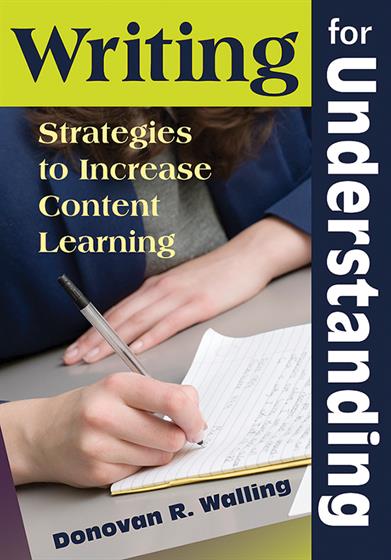Hands-on, Practical Guidance for Educators
From math,
literacy, equity, multilingual learners, and SEL, to assessment, school counseling,
and education leadership, our books are research-based and authored by experts
on topics most relevant to what educators are facing today.
Writing for Understanding
Develop effective writing assignments to boost student achievement in the content areas!
Writing for Understanding focuses on using writing as an instructional tool to deepen and expand student understanding in the content areas. Written specifically for non–language arts teachers, this resource debunks myths about using writing in the classroom and offers practical approaches for the upper elementary grades through high school. Through sample writing prompts and classroom dialogues, the author shows how to create writing lessons that:
- Guide students in using narrative, descriptive, expository, persuasive, and argumentative writing
- Are adaptable to various subjects and disciplines
- Require students to process content using critical thinking skills
- Grade Level: 4-12
- ISBN: 9781412964357
- Published By: Corwin
- Year: 2009
- Page Count: 144
- Publication date: November 23, 2012



